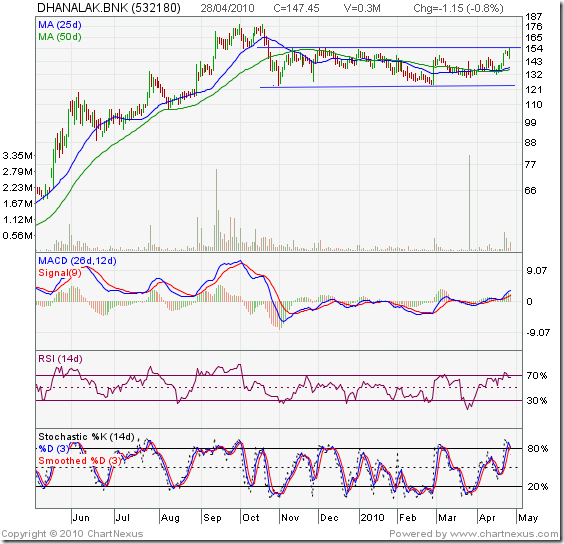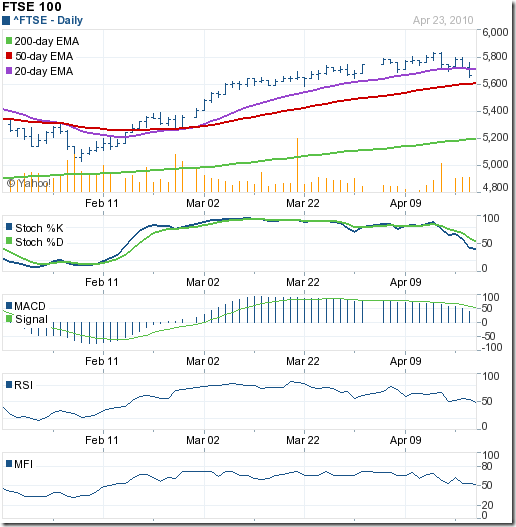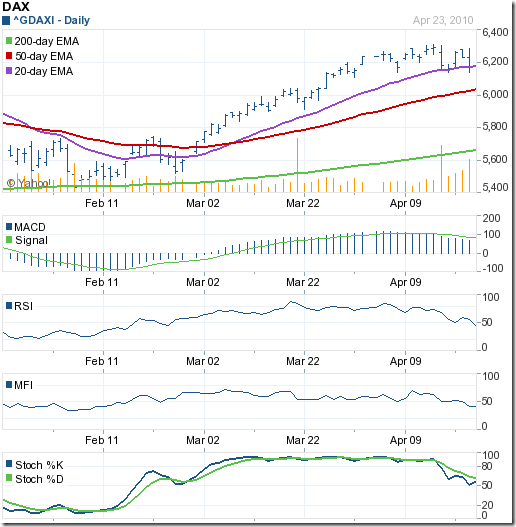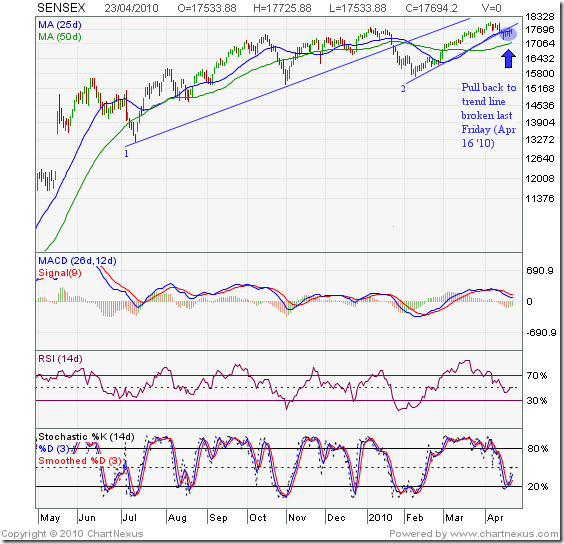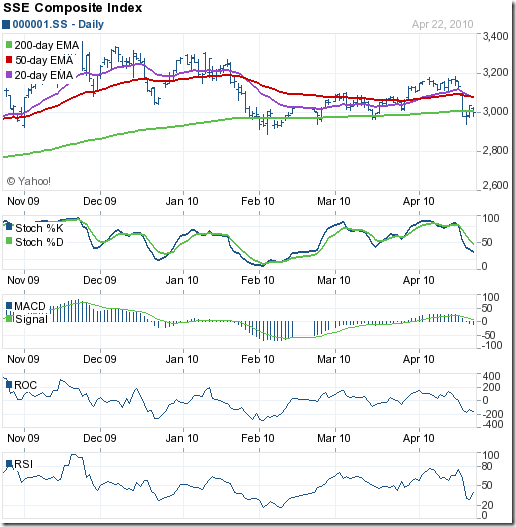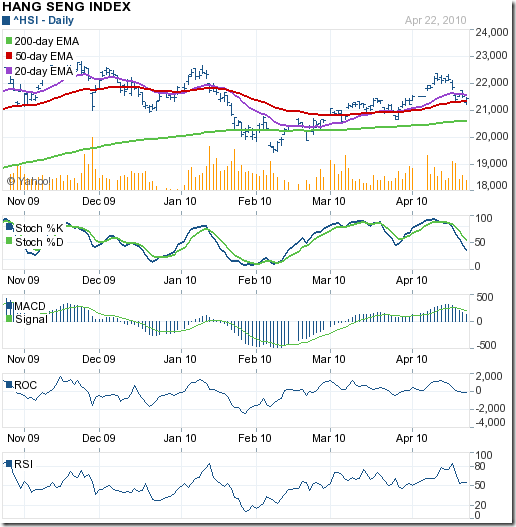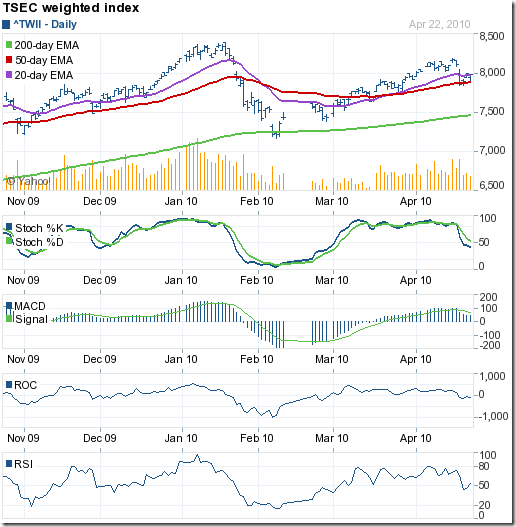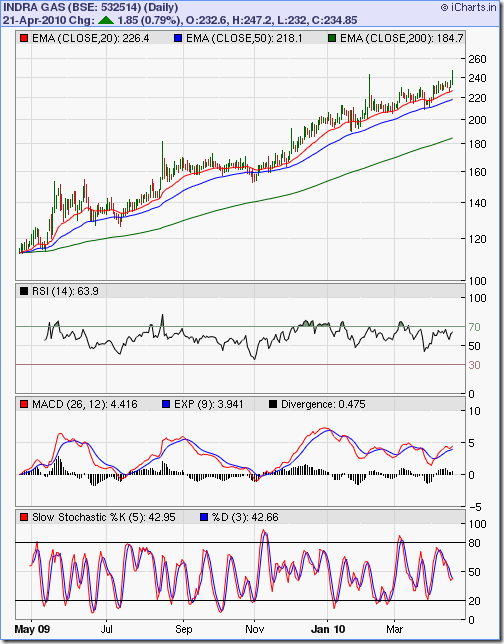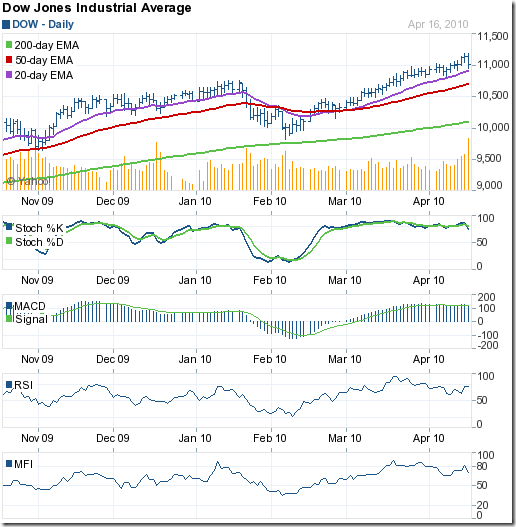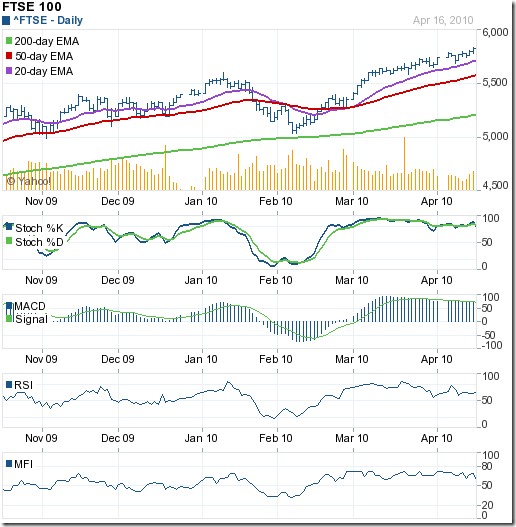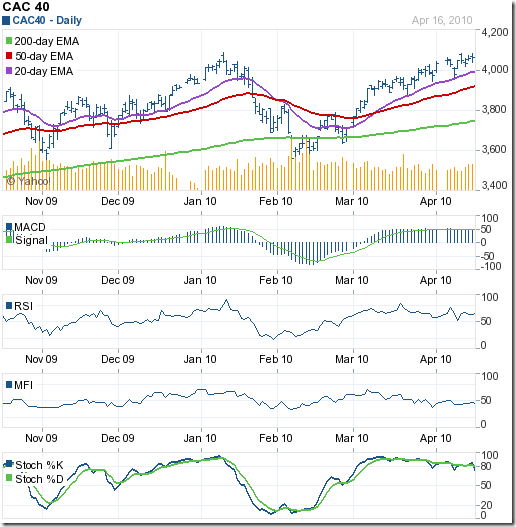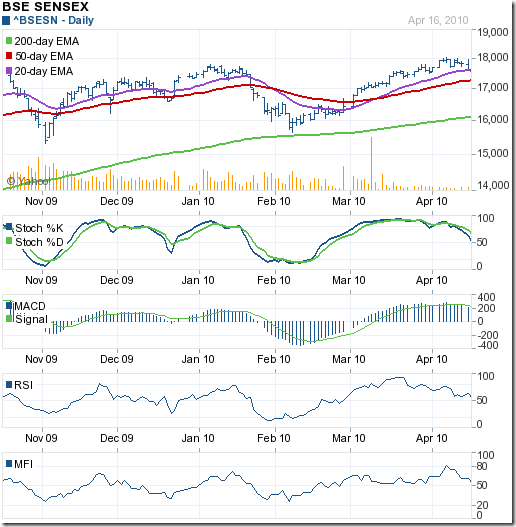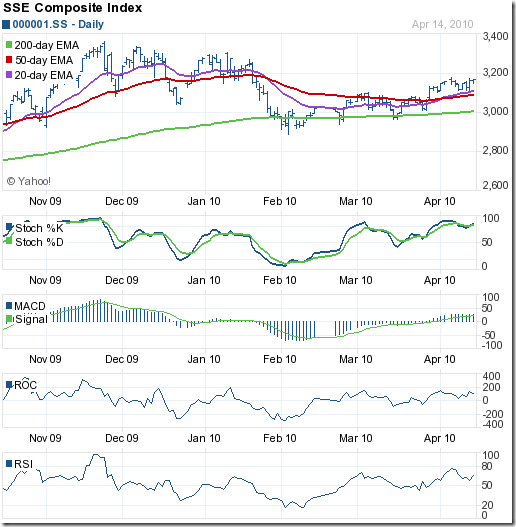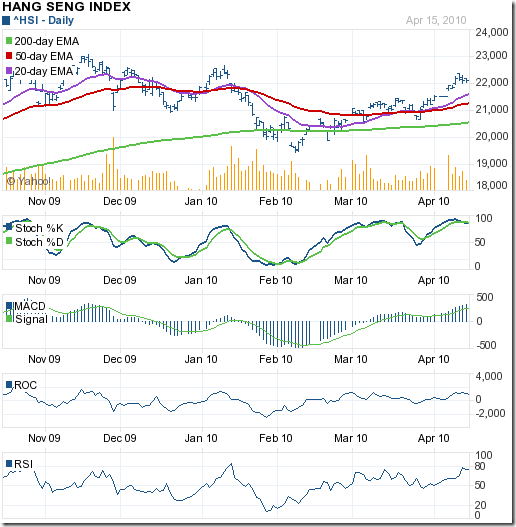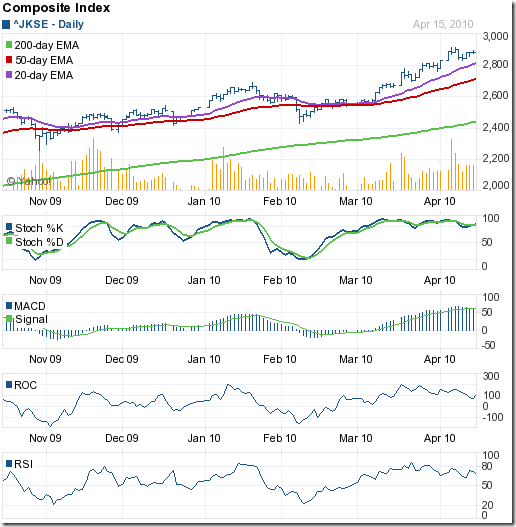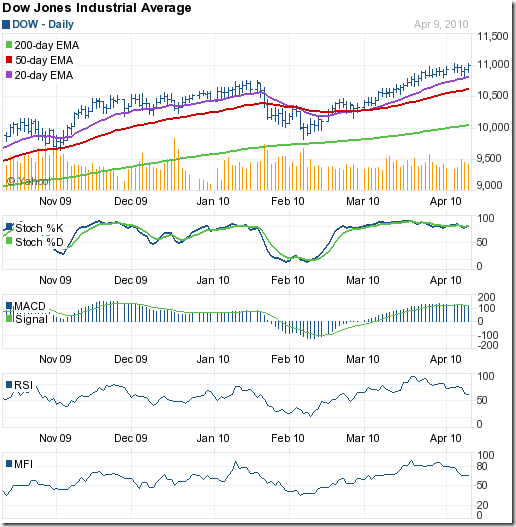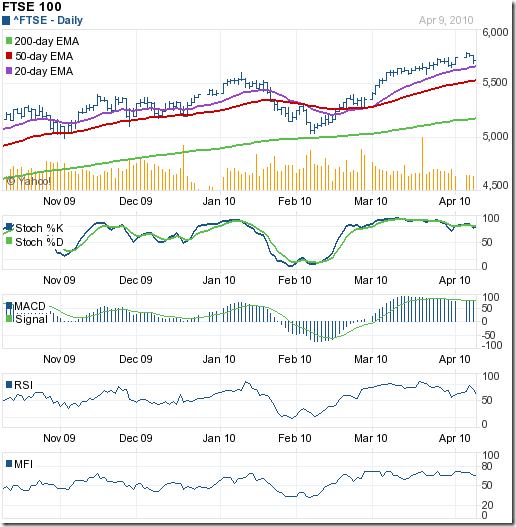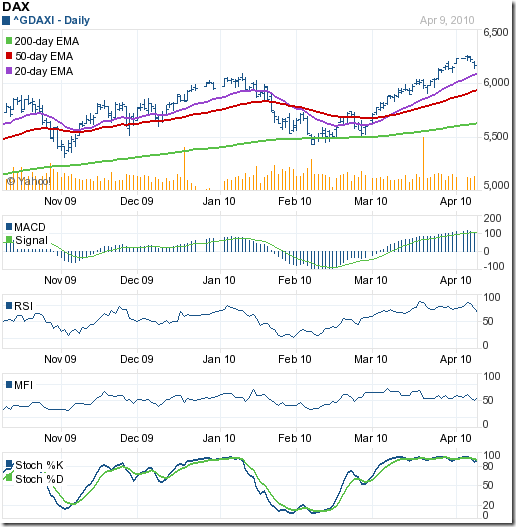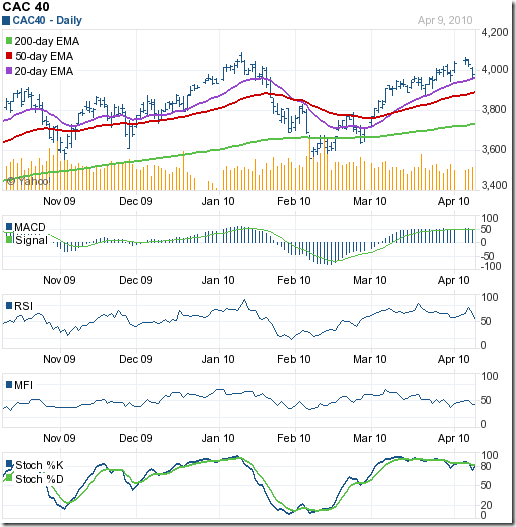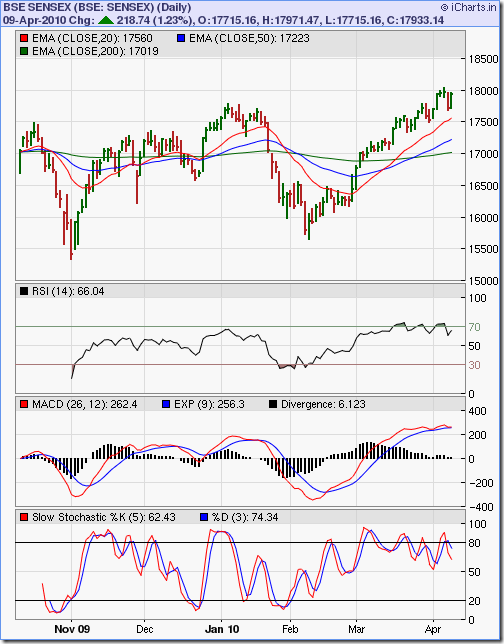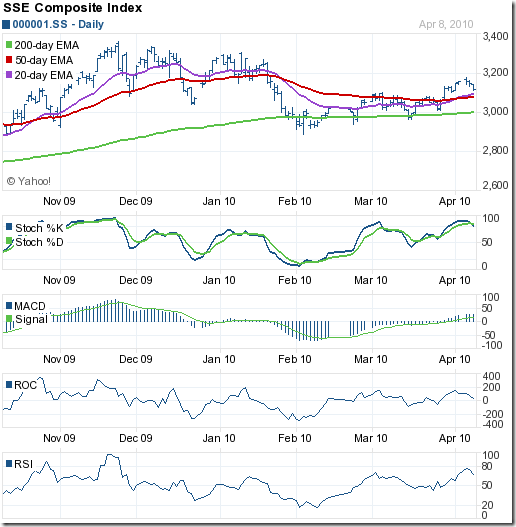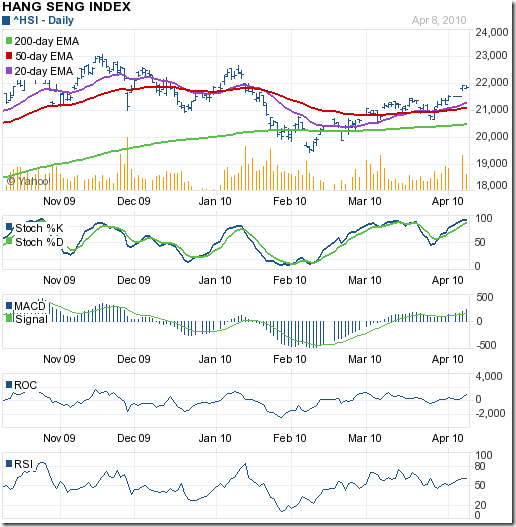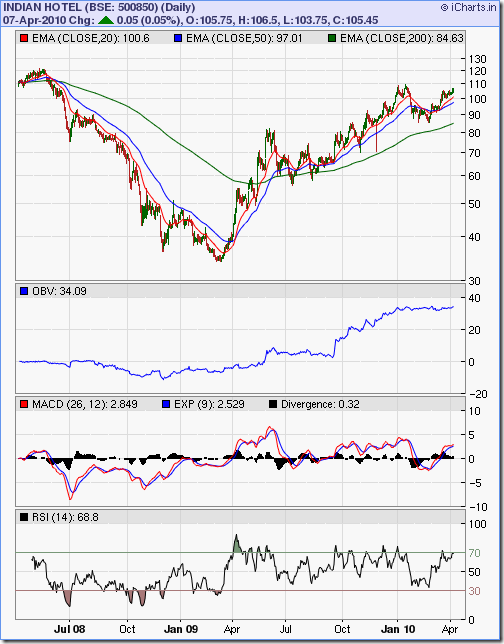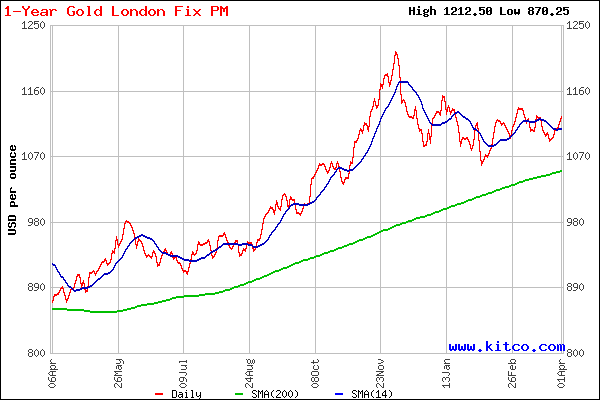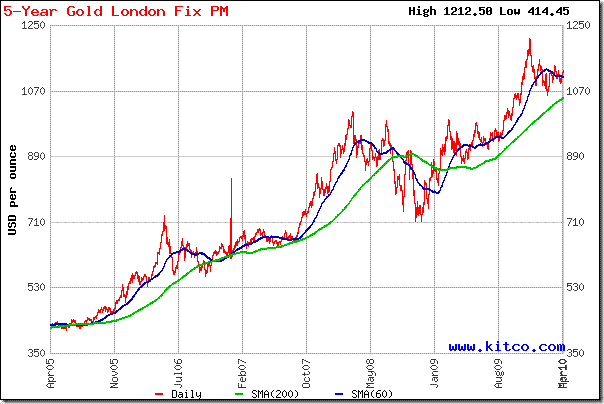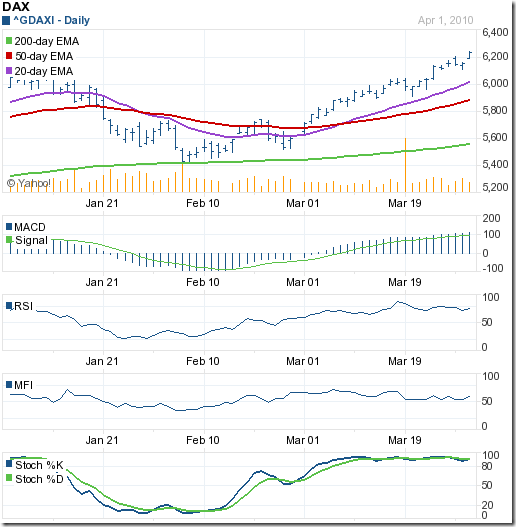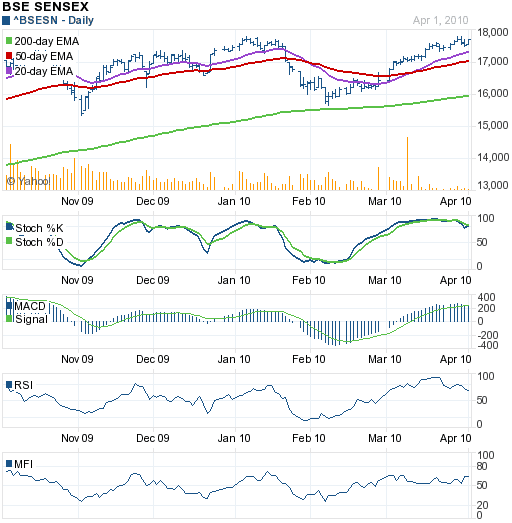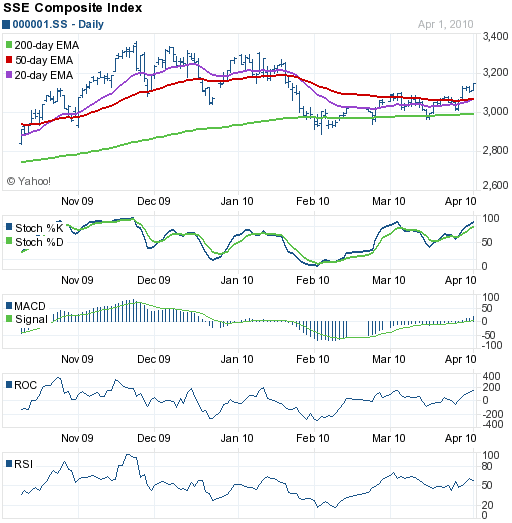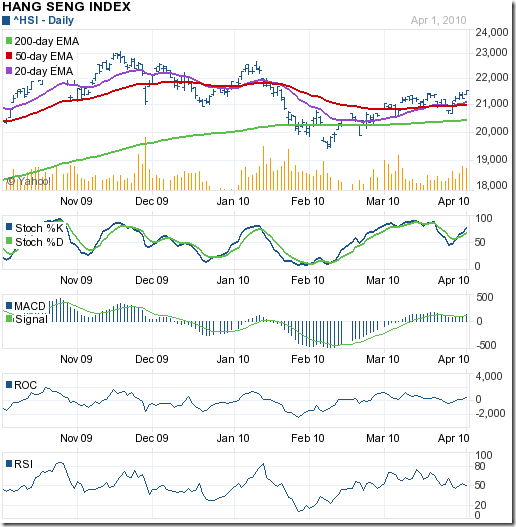What on earth is the Dogs of the Dow theory? Why would any one want to apply the Dogs of the Dow theory to the Sensex stocks? What if the theory does apply, and what if it doesn't? Let me try and answer those questions one by one.
What motivated me to even discuss such a topic? Too many new investors wanting to enter the stock market without a clear idea about what to do. Many don't even realise that making money in the stock market is a full time activity.
I have advised investors to buy index funds or index ETFs, and balanced funds - but to stay away from buying individual stocks unless they have the time and knowledge to pick their own stocks. But I know that many think I'm plain old-fashioned and prefer to enjoy the thrill of losing money quickly!
Now here is a stock investing plan that is so mechanical that it can run on auto-pilot with a maximum input of two hours effort once a year. Sounds too good to be true? It almost is - but it does seem to work.
Postulated by Michael O'Higgins in his book 'Beating the Dow', the Dogs of the Dow theory goes like this:
Every year pick 10 stocks that form the Dow Jones (DJIA) index and that have the highest dividend yield (i.e. dividend per share to price per share ratio). Allocate equal amounts of money for buying each of the 10 shares. Then sit tight for a year without even looking at your portfolio.
After one year, repeat the process by adding and deleting stocks from your portfolio in such a manner that equal amounts of money are allocated to those 10 stocks that have the highest dividend yield after one year.
Go on repeating the process for a few years - otherwise the benefits of this mechanical investing strategy may not bear fruit. Back-testing the theory with older data have apparently shown the efficacy of the theory.
Why or how does the theory work? The simple assumptions are:-
1. If a stock constitutes the Dow Jones index, then it must be a 'good' stock to own;
2. If a stock is trading at a high dividend yield, then it's price may have been beaten down for some reason, or it may have substantially increased dividends (may be due to some one-off reason - like a big capital gain, or a special anniversary dividend);
3. Either way, the market will eventually recognise that a 'good' stock is going abegging and the price will rise substantially.
The problem with any mechanical or automated investing strategy is that eventually every one starts following it (if it works), and the likelihood of outperforming the Dow Jones index recedes.
So, will the Dogs of the Dow theory work for Sensex stocks? There is no reason why it shouldn't. Just flash back to 2007, near the peak of the bull market. Tata Steel acquired the much bigger Corus. The stock market gave the acquisition a big thumbs down and the stock was beaten out of shape.
Did it substantially reduce dividends? Not at all. It ended up trading at a high dividend yield, and was a prime candidate for any one choosing a Dogs of the Sensex theory.
Question for readers: Do you know of other such Sensex dogs? Do you own them? Will you buy them after reading this post?
